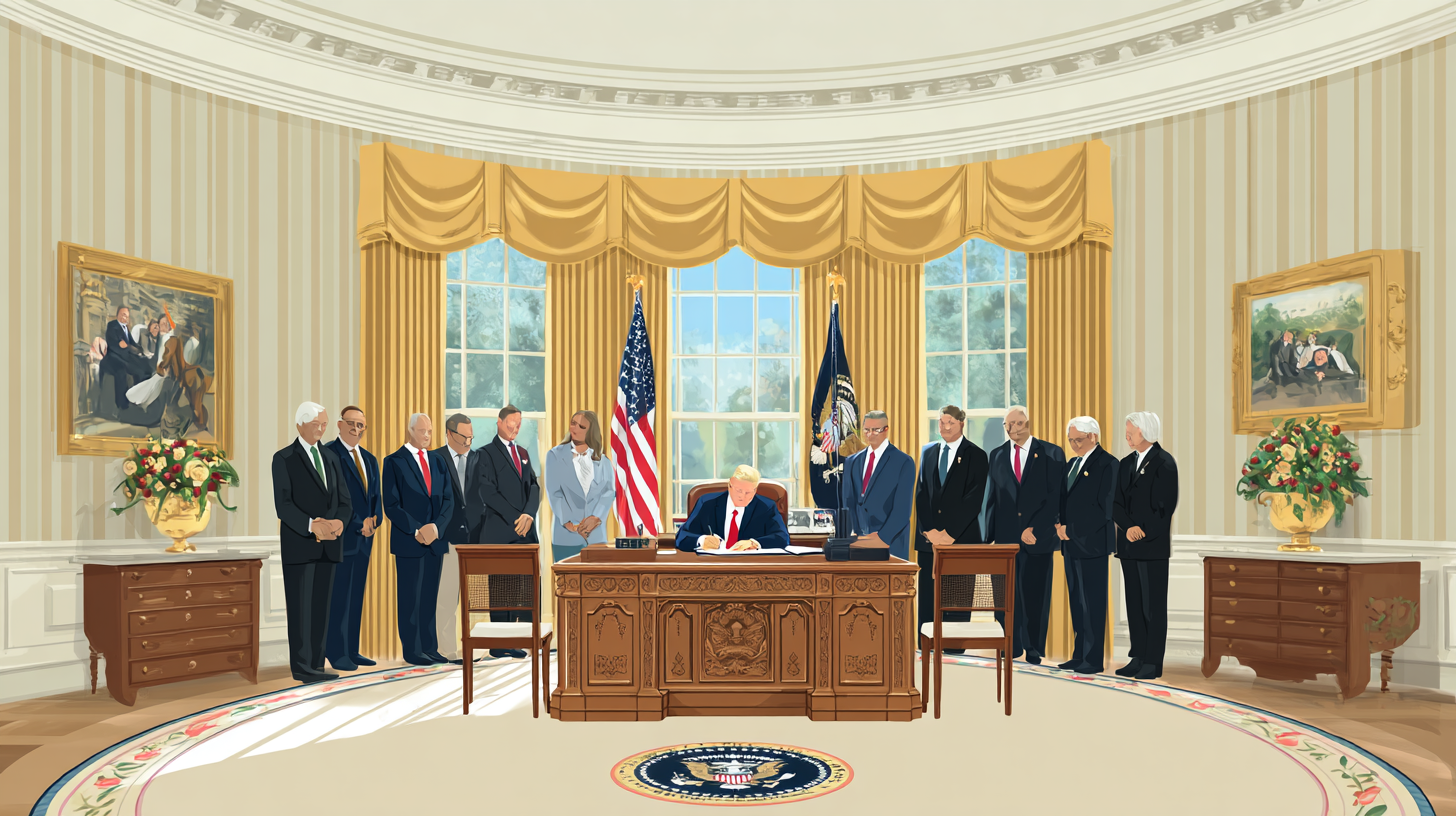President Donald Trump has officially signed a bipartisan funding bill that ends the longest government shutdown in United States history. The measure, passed late Wednesday night, restores full federal operations after 43 days of disruption that affected millions of Americans and brought key government services to a halt.
The funding package, approved by both the House and the Senate earlier in the week, will keep the government running through the end of January 2026. It represents the culmination of weeks of political stalemate, public frustration, and mounting economic pressure that forced lawmakers to compromise after nearly a month and a half of gridlock.
The shutdown began on October 1 following a breakdown in negotiations over the continuation of expanded Affordable Care Act (ACA) subsidies. Senate Democrats had refused to pass a short-term spending bill that did not include an extension of the health care tax credits, while Republicans resisted expanding what they viewed as unsustainable federal spending. The resulting impasse left more than one million federal workers without pay and led to widespread delays in public services, from airport operations to food assistance programs.
The newly signed legislation not only reopens government agencies but also ensures that all federal employees will receive full back pay for the period they were furloughed. The measure reverses shutdown-related layoffs and provides emergency funding to several programs, including the Supplemental Nutrition Assistance Program (SNAP), which supports 42 million Americans. Additionally, the Department of Transportation announced that the restrictions on flight operations imposed during the shutdown due to air traffic controller shortages would be lifted, bringing relief to travelers and airlines alike.
Politically, the bill underscores the deep divisions within Congress but also demonstrates the necessity of bipartisan cooperation. The House passed the measure with a narrow 222–209 vote, highlighting the sharp partisan split that defined the shutdown from the beginning. In the Senate, the funding measure narrowly reached the 60-vote threshold required to overcome a filibuster after a small group of Democrats and one independent senator joined Republicans in support.
The temporary funding measure also includes a provision allowing Senate Democrats a future vote on extending ACA subsidies in December, setting the stage for another round of intense debate later this year. The agreement offers only short-term stability, and lawmakers now face the challenge of negotiating a longer-term budget plan before funding expires in early 2026.
The shutdown’s economic and social consequences were far-reaching. Delays in federal benefits strained households living paycheck to paycheck, while disruptions in government contracting and transportation operations weighed on business productivity. The incident also reignited discussions about reforming the federal budget process to prevent recurring shutdowns caused by partisan gridlock.
Federal workers are expected to return to their jobs immediately, with agencies beginning the process of restoring full operations and processing delayed payments. While the passage of the bill provides immediate relief to millions, it also serves as a reminder of the fragility of the nation’s political landscape and the consequences when compromise is delayed.
As Washington returns to normal operations, the focus now shifts toward preventing another crisis when the temporary funding expires early next year.
